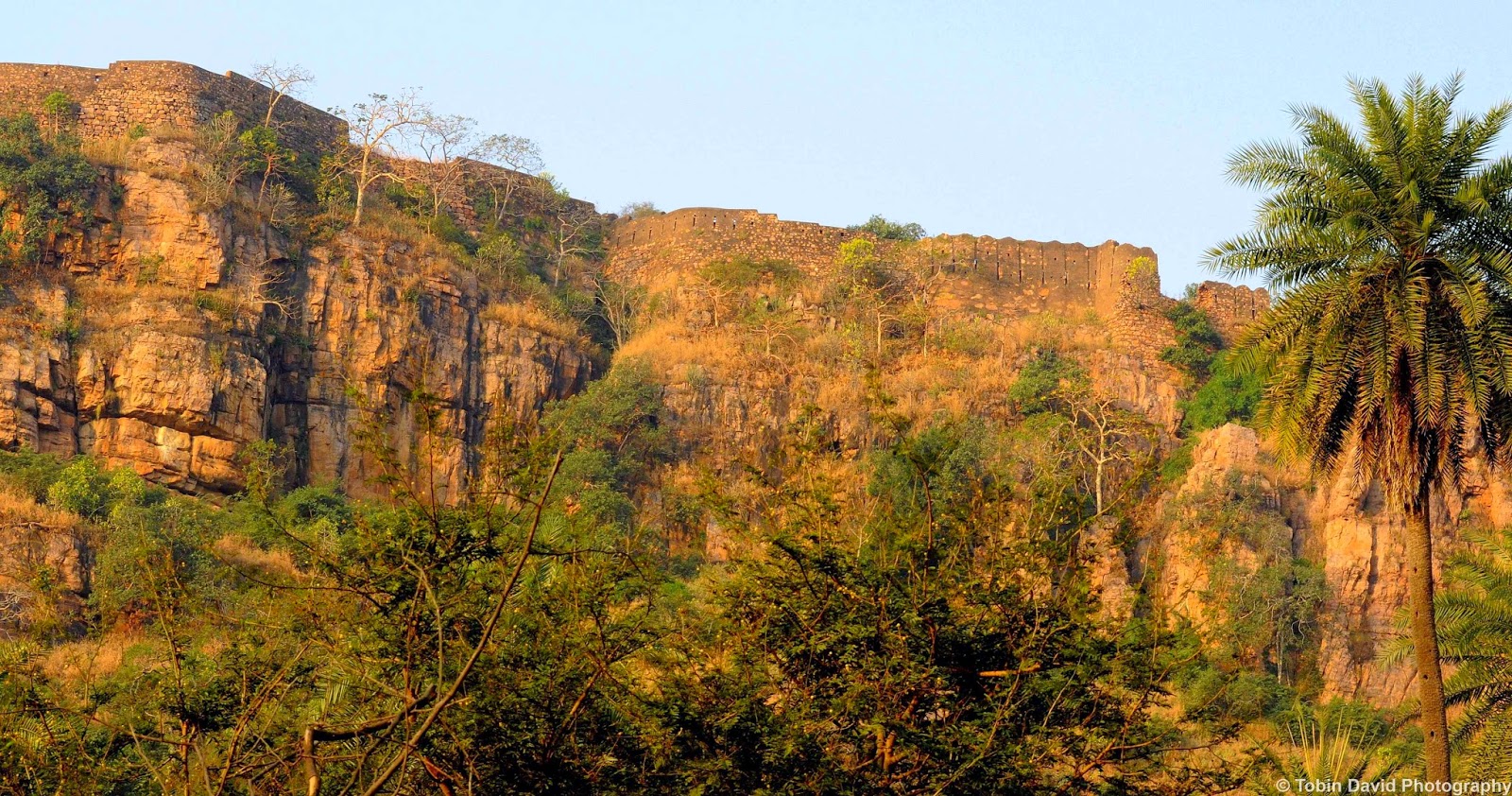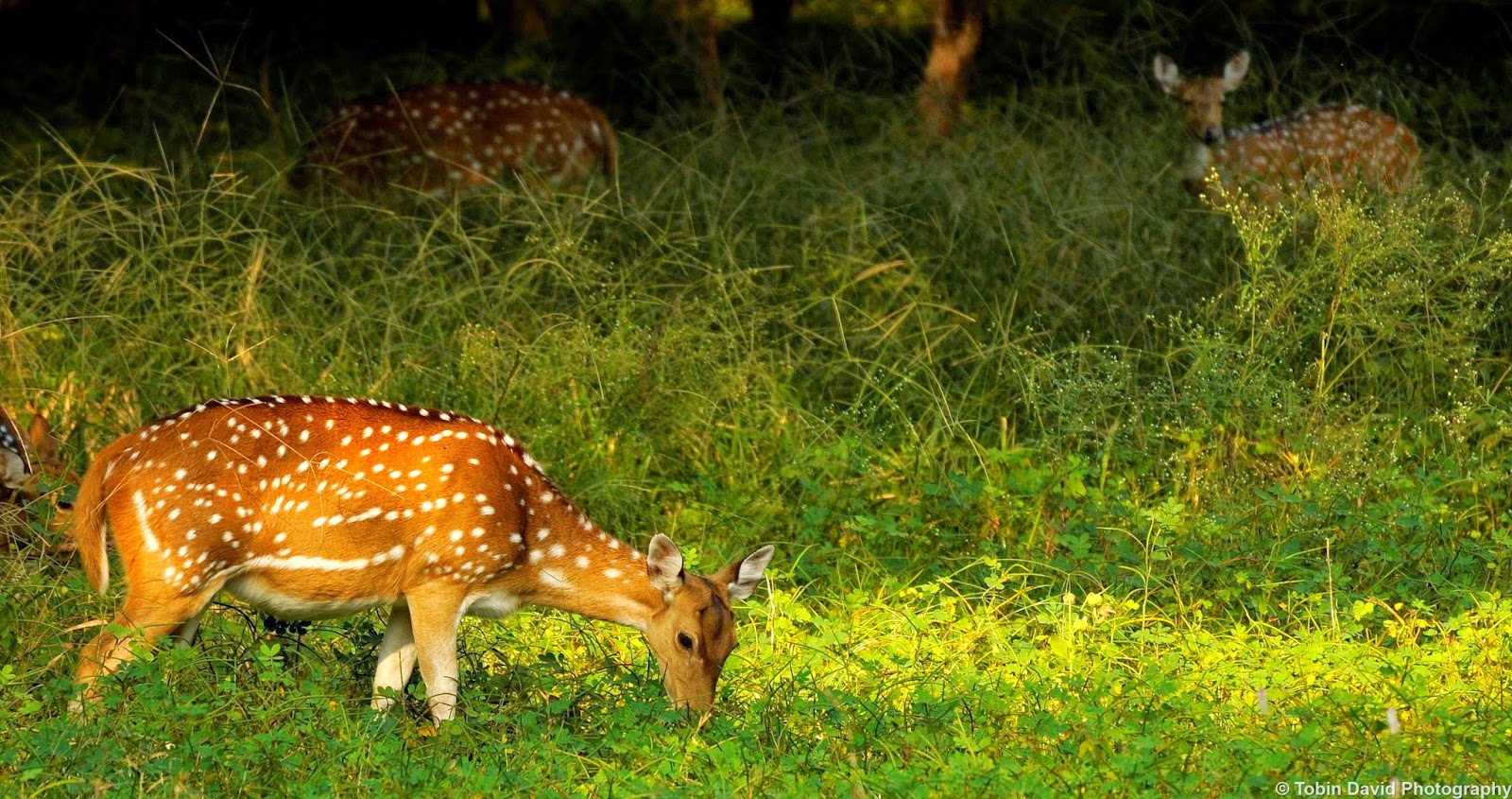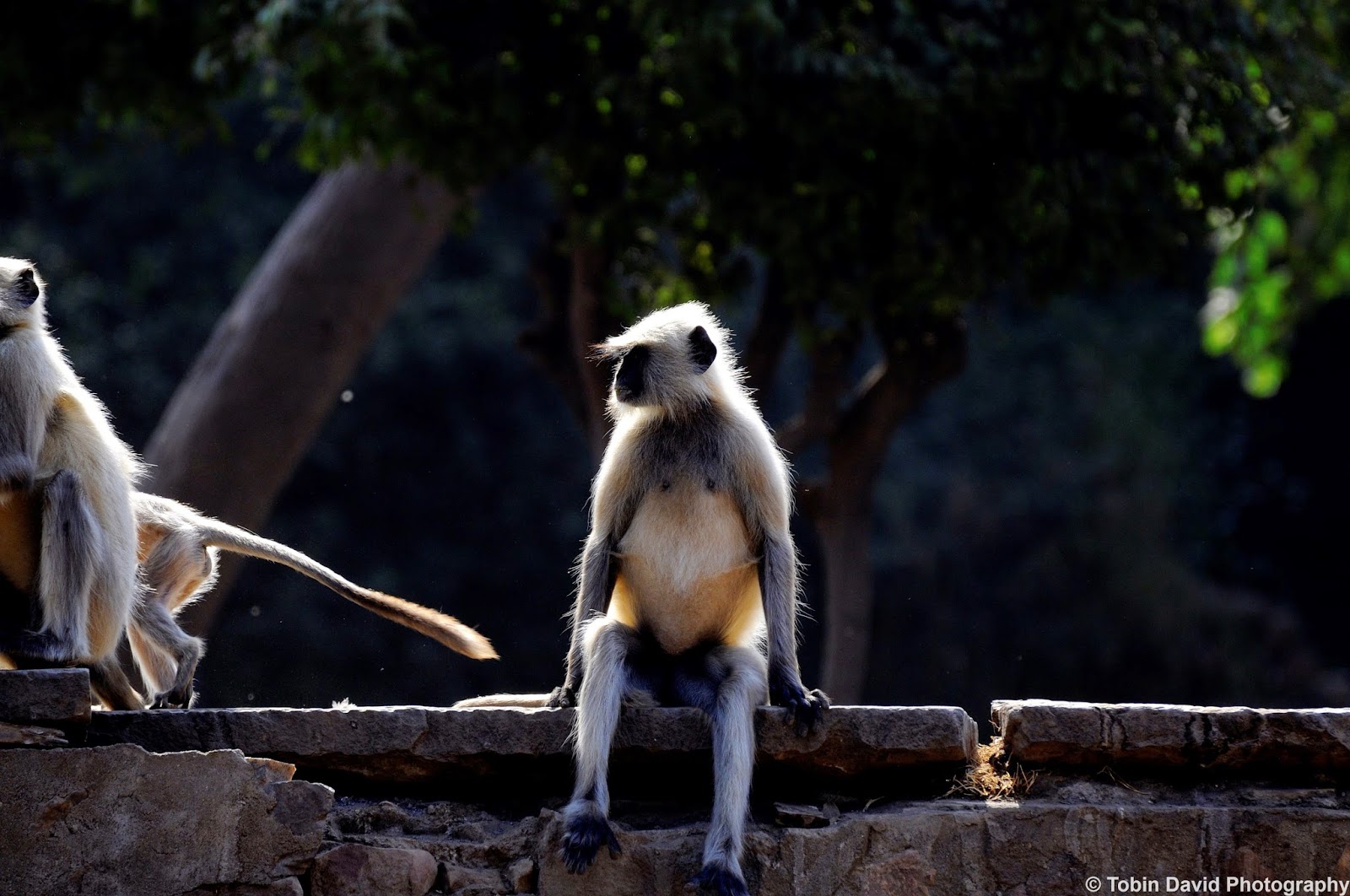I had reached Ranthambhore the previous night and
checked in around midnight. The late check-in and lack of sleep did not prevent
me from getting up early in the morning for the morning safari. As I sipped my
morning tea waiting for the safari vehicle, I grew restless and
impatient. The anticipation and high expectations were perhaps getting to me.
About the Safaris
The safaris are conducted by the Rajasthan Forest Department. The park remains open from October to June and remains closed for the monsoon season (June/July to September).
Safari Timings in Ranthambore
Safaris in Ranthambore are scheduled in the early mornings and late afternoons. Each safari lasts for about 3.5 hours.
Period Morning Trip Evening Trip
October 7:00 am to 10:30 am 2:30 pm to 6:00 pm
November to January 7:00 am to 10:30 am 2:00 pm to 5:30 pm
February to March 6:30 am to 10:00 am 2:30 pm to 6:00 pm
April to mid-May 6:00 am to 9:30 am 3:00 pm to 6:30 pm
Mid-May to June 6:00 am to 9:30 am 3:30 pm to 7:00 pm
Safari Vehicles in Ranthambore
The safaris are conducted either in gypsies (8-seater open jeeps) or canters (21-seater open trucks). The gypsies are the preferred mode for most tourists as they are much quieter and enter the park on time, as there are only 6 seats to fill. These factors greatly improve the chances of sighting tigers. The bookings are on first-come-first-serve basis.
Advance Safari bookings can be made online (ideally, book well in advance) at http://www.rajasthanwildlife.in/.
Alternatively, you can get the advance booking done through a travel agent or your hotel, by paying a premium over and above the online rates. The premium depends on the travel agency or hotel, which you approach.
You can also book your safari under current booking at the park gates. However, there are chances that you may not be successful as all the seats may be booked well in advance. Therefore your chance of getting a safari seat will depend on cancellations, which may be a big risk.
Zones in Ranthambore NP
There are a total of nine zones in Ranthambore. Zones 1 to 5 are within the Ranthambore National Park while Zones 6 to 9, are newer zones outside the National Park. When booking your safari you can either book a safari within the National Park or in any of the specific zones outside the park.
Each safari trip is conducted in any one of the zones and you cannot travel across zones in a single safari. When you book a safari within the National park you do not have the choice of selecting your zone ( 1- 5). The zone is assigned automatically by a computer-based system about an hour before the safari begins. Zones (1 – 5) are generally preferred over the newer zones, because of the higher number of tiger-sightings in these zones.
Morning
Safari
The canter eventually arrived at 6.30 am and we reached the park gates by 7 am..At the park gates, a Langur mother and it’s little one
welcomed us. The little one amused us with it’s antics. It capped it’s
performance with a very brave and daring leap to reach the top of the office
building right behind it’s mother.
 |
| Welcome to Ranthambhore - Langur |
 |
| Leap of Faith - Langur |
After the naturalist finished the paperwork,
we entered the park and proceeded to our allotted zone.
We spotted a Sambar deer as soon as we entered the
zone. The Sambar deer was pretty relaxed and went about it's way in a leisurely manner. An indication that there wasn't a predator nearby.
 |
| Sambar Deer |
This zone offered a stunning view of the Ranthambhore fort. The 10th century hill fort was an imposing sight to behold. A grand reminder of Ranthambhore's majestic past.
 |
| Grand and Majestic - Ranthambhore Fort |
 |
| Reminder of a Royal era bygone - Ranthambhore Fort |
 |
| Imposing and Timeless - Ranthambhore Fort |
As we rode further into the
zone, the naturalist spotted some pugmarks on the forest path. The naturalist
scrutinized the pugmarks in order to get an idea whether the pugmarks were fresh, the
gender of the tiger, the direction it took etc. We waited at the spot in
silence, hoping to hear an alarm call or two. And then I saw stripes!
 |
| Hope for the hopeful - Pugmark |
However, it was not black stripes on orange. Rather,
it was white stripes on brown. An Indian palm squirrel on a tree nearby! With
nothing better to do, I set about photographing the squirrel as well as the
pugmarks. The suppressed smiles of my co-passengers did not discourage me. They might possibly have realized that I was a rookie and therefore my excitement on spotting a squirrel.
 |
| Stripes of a Different Kind - Indian Palm Squirrel |
 |
| Stripes of a White Kind - Indian Palm Squirrel |
After some time, we started moving and spotted some spotted deer
(Chital) followed by a Ruddy mongoose in tall grass. The deer were busy grazing and did not grant us too much attention.
 |
| Deer Oh Deer! - Spotted Deer |
Later in the safari came the birds. First we saw a peacock which was then followed
by a Red-wattled lapwing. The lapwing stood on the ground and made for a good
photography subject. Next we saw a
Slender-billed vulture and a Red-headed vulture, though, from some distance
away. The vultures were perched on the branches of dead trees. Had they been
any closer we could have got some decent pictures. But photography woes aside,
it was a joy to sight these birds in person for the very first time.
 |
| Waiting for a Kill - Slender-billed Vulture and Red-headed Vulture |
 |
| Red-wattled Lapwing |
Next we came to a small pond with a couple of
crocodiles in it. An egret and a little cormorant stood on the edge of the
pond. After a while we came across a Black stork wading in some shallow water. The Stork was primping and preening itself. I wonder whether it lastly admired it's reflection in the water. A
Rufous treepie and a Black drongo were perched on a tree nearby. Though there
were no tigers in sight we saw a lot of Sambar and Spotted deer herds.
 |
| Primp, Preen and Admire - Black Stork |
 |
| Clockwise from Top-left - Black Drongo, White-throated Kingfisher, Egret and Cormorant and Peacock |
 |
| A dip in the water - Crocodile |
The
large numbers of these herbivores indicated that Ranthambhore had a healthy
forest that could sustain these animals and thereby the prime predator in this
forest, the Tiger.
 |
| Sambar Deer Herd |
As we headed back towards the park gates we stopped to
photograph the Common Kingfisher. Even though common it was a beauty to behold.
At the park gates we saw a lot of Langur monkeys. They were exuberant and
playful. True to their name, they were monkeying around. They made good
subjects to practice one’s photography. Capturing their fast and sudden
movements was a challenge.
 |
| Beautiful Blue - Common Kingfisher |
 |
| No monkey business - Grey Langur |
The safari came to an end without the slightest sniff
of a tiger sighting. But the first experience of a wildlife safari was very
memorable. The birds, langurs and deer were in their plenty. The beautiful and
serene forests were a soothing balm for the senses. There were 4 more safaris
to come and I was positive.
It was time for breakfast, then lunch and some rest
before the afternoon safari.
Afternoon
Safari
The afternoon safari started at 3.30 pm. The safari
was on a canter and it was in a different zone. The wildlife sighting started
with a crocodile sighting on the edge of a water body. The crocodile was
stone-still and did not react to our presence. People on land did not excite the crocodiles as much as people in the water would have!
 |
| Stone-still - Crocodile |
We moved on and came across a
Ruddy mongoose. The mongoose was well-camouflaged in that it’s colour was exactly
the same as the colour of the ground. I had a tough time spotting it and by the
time I did, it was out of reach for a decent photograph.
The Langurs came next and posed for a few photographs.
The weather was cloudy & gloomy and did not assist in the photography. Then
we saw some Sambar deer from relatively close quarters. The Sambar deer is the favourite food of the Tigers. Their salty meat appeals to the Tiger's taste. By now, the light was slightly
better and I could get some decent photographs.
 |
| Tourists, Tourists Everywhere! - Grey Langur |
 |
| Sambar Deer |
 |
| Sambar Deer |
And soon the naturalist spotted
tiger pugmarks in the dust. The news of the pugmarks sent a thrill down my spine.
Was a tiger lurking nearby? Was I on the brink of spotting my first tiger in
the wild?
 |
| Not a recent one - Tiger Pugmark |
But alas, it was not to be. The pugmarks were not
fresh and were many hours old if not more.
As we continued the safari, we came across the cutest
sight on a wildlife safari. It was a deer fawn that had been rescued by the
forest officials. The fawn had been abandoned by it’s mother. It would be taken
in and looked after by the forest department. The fawn was the center of
attention for the next several minutes. It was cute & adorable and it’s
eyes were the prettiest possible. A Doe-eyed beauty!
 |
| As cute as can be - Deer fawn |
 |
| Doe eyes to kill for - Deer fawn |
After we had our fill of the adorable fawn, we moved
on and came across some Nilgai (Blue bull) in the company of spotted Deer. The
spotted Deer were fairly large in numbers. During winters, the deer grow thick
fur, their winter coat.
 |
| Nilgai (Bluebull) in the company of Spotted Deer |
 |
| Nilgai (Bluebull) in the company of Spotted Deer |
 |
| We've been spotted - Spotted Deer Herd |
There was a deer stag in the herd
with majestic and attractive antlers. As I learnt from the naturalist, the
stags shed their antlers every year. The antlers being rich in calcium are then
consumed as food. Natural recycling at it’s best!
 |
| Proud and Mighty Antlers - Spotted Deer Stag |
The safari was coming to an end. We saw a White-throated
kingfisher and a pair of Red-wattled lapwings. The lapwings had their back to each other. Possibly a couple after a lover's tiff. Finally came the Sambar deer and
a lone Indian antelope (Chinkara) grazing in the grass.
 |
| White-throated Kingfisher |
 |
| After the Lover's tiff? - Red-wattled Lapwings |
 |
| Chinkara - Indian Antelope |
Ranthambhore has some beautiful lakes within the
National Park. These lakes are very picturesque and offer good photography
opportunities. We spent some time at the lake watching the sun set for the day.
 |
| Reflections |
 |
| Reflections at Sunset |
Thus ended the first day of my first Wildlife safari. Even
though there were no tiger sightings, my optimism and expectations were high.
Tomorrow is Another Day!



































No comments:
Post a Comment
Hope you enjoyed reading about the joy, thrills and experience of a wildlife safari through this blog and also liked the photos of wildlife.
I would love to hear your feedback. Please subscribe by email in case you would like to get updates. Thanks for reading and do visit again.